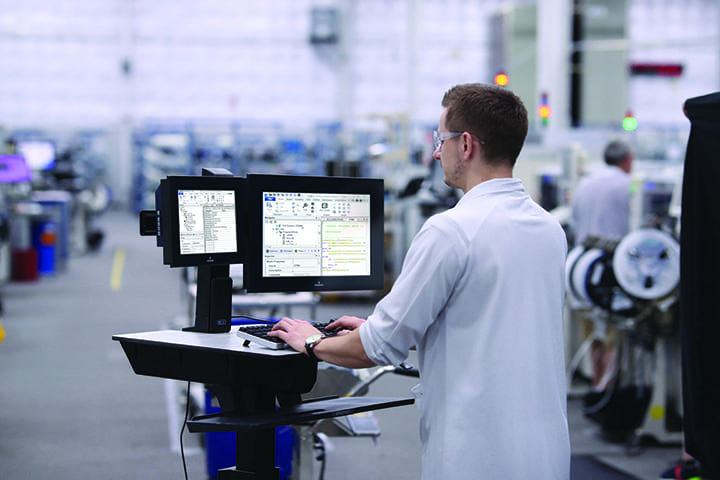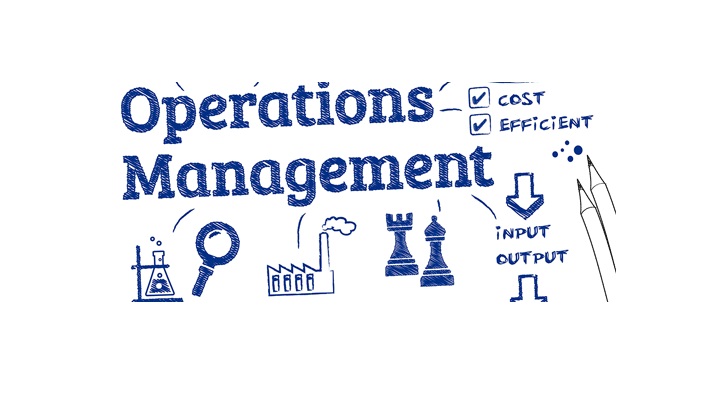
Implementing Staff Automation for Efficiency
In the rapidly evolving business landscape, companies are continuously seeking ways to enhance efficiency and productivity. One of the most effective strategies for achieving this is through staff automation. By automating repetitive tasks, organizations can free up valuable time for their employees, allowing them to focus on higher-value activities. This article outlines the steps for effectively implementing staff automation and the benefits it brings to businesses.
Understanding Staff Automation
Staff automation involves using technology to automate tasks that would typically require human effort. This can include anything from data entry and scheduling to customer communications and reporting. By leveraging automation tools, businesses can streamline their operations, reduce errors, and improve overall productivity.
1. Identifying Areas for Automation
The first step in implementing staff automation is identifying the processes that can benefit from automation. Start by conducting a thorough analysis of your current workflows. Look for repetitive tasks that consume significant time and resources without adding substantial value.
Examples of Tasks to Automate:
- Data Entry: Automate the transfer of data between systems to reduce manual input.
- Scheduling: Use tools to automate meeting scheduling and reminders.
- Reporting: Implement automated reporting tools to generate insights without manual effort.
2. Choosing the Right Automation Tools
Once you’ve identified the tasks to automate, the next step is selecting the right tools. There are numerous automation solutions available, each offering unique features tailored to different needs. Some popular options include:
- WorkForce Sync: A comprehensive platform for automating HR processes, project management, and field operations.
- Zapier: Ideal for connecting various applications and creating automated workflows between them.
- Microsoft Power Automate: Perfect for businesses using Microsoft products, allowing seamless integration and automation of tasks.
Key Considerations:
- Scalability: Ensure the tool can grow with your business.
- Integration: Look for tools that integrate well with your existing systems.
- User-Friendliness: Choose tools that are easy for your team to adopt.
3. Developing a Clear Strategy
Implementing staff automation requires a clear strategy to ensure a smooth transition. Outline your goals, timelines, and key performance indicators (KPIs) to measure success. A well-defined strategy will guide your implementation process and help manage expectations.
Components of a Successful Strategy:
- Goals: Define what you aim to achieve with automation.
- Timeline: Establish a realistic timeline for implementation.
- KPIs: Identify metrics to evaluate the effectiveness of automation.
4. Engaging Employees
Successful staff automation relies on employee buy-in. It’s essential to involve your team in the process, explaining the benefits of automation and how it will improve their work environment. Address any concerns they may have regarding job security and emphasize that automation is intended to enhance their roles, not replace them.
Strategies for Engagement:
- Training: Provide training sessions to familiarize employees with the new tools.
- Feedback: Encourage employees to share their thoughts and experiences during the implementation process.
- Support: Offer ongoing support to help employees adapt to the changes.
5. Testing and Iterating
Before fully deploying your automation solutions, conduct thorough testing to ensure everything functions as intended. Pilot the automation in a controlled environment and gather feedback from users. This step allows you to identify any issues and make necessary adjustments before a full rollout.
Key Testing Areas:
- Functionality: Ensure the automation works as designed.
- User Experience: Collect feedback on how easy the tool is to use.
- Performance: Monitor the impact of automation on workflow efficiency.
6. Monitoring and Measuring Success
After implementing staff automation, it’s crucial to monitor its performance and measure success against the established KPIs. Regularly review the impact of automation on productivity, employee satisfaction, and overall operational efficiency.
Metrics to Track:
- Time Savings: Measure the reduction in time spent on automated tasks.
- Error Rates: Track any decrease in errors resulting from automation.
- Employee Satisfaction: Gather feedback to assess how automation has affected employee morale.
7. Continuous Improvement
Staff automation is not a one-time effort; it requires ongoing evaluation and improvement. As your business evolves, new opportunities for automation may arise. Regularly assess your processes and seek ways to enhance your automation strategy.
Steps for Continuous Improvement:
- Stay Updated: Keep abreast of new automation technologies and trends.
- Solicit Feedback: Regularly ask employees for their insights on the automation tools and processes.
- Iterate: Be willing to make adjustments based on feedback and performance metrics.
Conclusion
Implementing staff automation is a powerful strategy for enhancing efficiency and productivity in today’s competitive business landscape. By identifying tasks to automate, selecting the right tools, and engaging employees throughout the process, organizations can streamline operations and empower their workforce. With a commitment to continuous improvement, businesses can ensure that their automation efforts yield long-term benefits and foster a culture of innovation.





